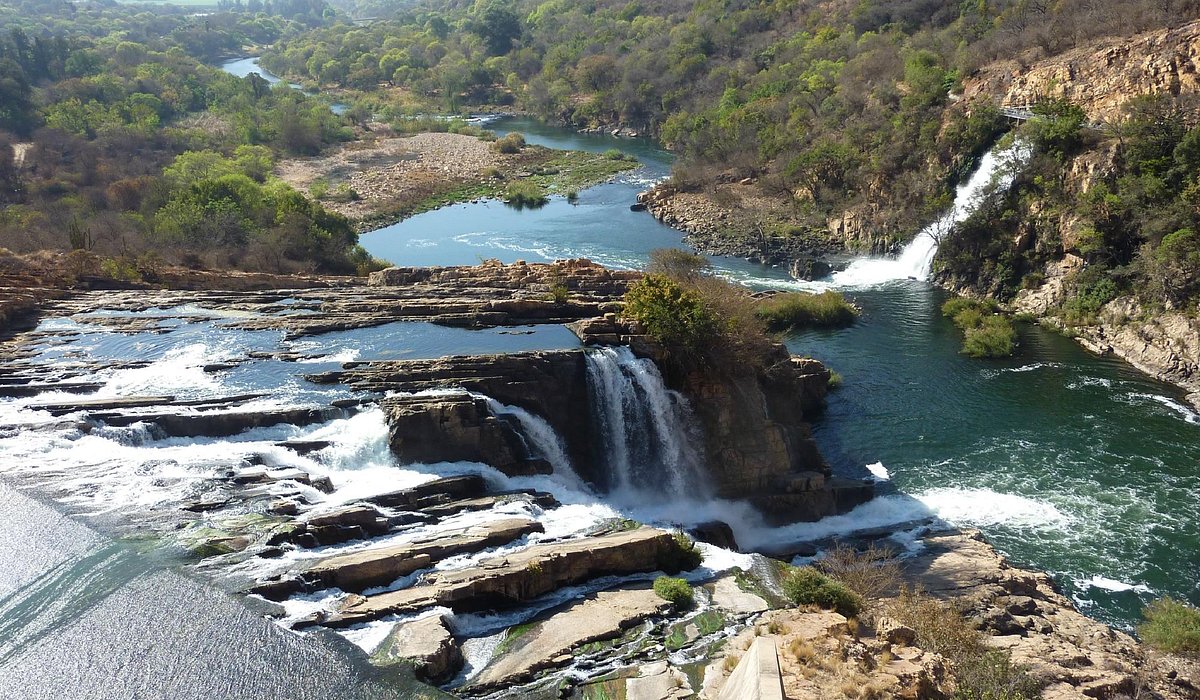Some Of Johannesburg North Attractions
Some Of Johannesburg North Attractions
Blog Article
The Main Principles Of Johannesburg North Attractions
Table of ContentsThings about Johannesburg North AttractionsThe Best Strategy To Use For Johannesburg North AttractionsJohannesburg North Attractions for BeginnersThe Facts About Johannesburg North Attractions Revealed3 Easy Facts About Johannesburg North Attractions DescribedThe 4-Minute Rule for Johannesburg North Attractions
The city owes its location to the presence of a a lot more priceless source: gold. The city grew on the side of the Witwatersrand Key Reef, a below ground stratum of gold-bearing quartz-silica empire that arcs for hundreds of miles under the Highveld. A lot of the gold mines in the city discontinued operation in the 1970s, but in its day the Witwatersrand gold industry accounted for greater than 40 percent of the world's yearly gold production.Johannesburg has a pleasant environment. Summertime temperatures balance regarding 75 F (24 C); wintertime temperatures balance concerning 55 F (13 C) and just periodically dip listed below cold. The city appreciates about 8 hours of sunshine each day in both winter season and summer. Rain standards concerning 28 inches (700 millimetres) per annum, but the complete differs substantially from year to year.
What rain the city gets falls almost exclusively in the summer season, usually in incredible late-afternoon electrical tornados. Air pollution positions a considerable trouble, particularly in the winter season, when thermal inversions restrain the westward circulation of air from the Indian Sea. Pollution is most serious in the largely settled Black territories on the city's perimeter, where numerous residents still depend on coal for fuel.

Getting My Johannesburg North Attractions To Work
The balance of the city is occupied by whites. Accommodation varies in personality and quality.
Physical development, although rather limited by transportation, continued promptly as migration to South Africa, and Johannesburg particularly, boosted substantially. This problem was resolved in the 1930s when the auto was introduced in automation to South Africa. Cars were, essentially, confined to the well-off, and permitted them to relocate to the north of the city and commute into the centre.
Many inadequate residential areas were blended, with bad blacks and whites living together, although the well-off suburbs were generally booked for whites. This changed with the election of the National Event in the 1948 political elections, who began to formalise the system referred to as discrimination. Discrimination officially assigned which suburban areas each race might stay in under the Group Areas Act.
The previous system of eleven numbered regions was reorganised in 2006. Marshalltown, as seen from the top of the Carlton Centre. The M1 and M2 run behind the structures, and the southern suburban areas prolong past the highway limit. The inner city of Johannesburg lies within the city's Area F. The approximated populace of the region is 200,000, [] yet the number of individuals residing in the inner city on an informal basis is unidentified, as many are unlawful immigrants. Many higher-income residents and white people have actually relocated to the north residential areas and have been changed by lower-income black people. The unemployment, education, and age accounts of the location are all unknown, due to the difficulty of getting reputable info regarding the location.
The Of Johannesburg North Attractions
Centred on the CBD, the area includes the residential areas of Yeoville, Bellevue, Troyeville, Jeppestown, and Berea to the east. To the west it infects Pageview (Johannesburg North attractions) and Fordsburg. There are tiny commercial locations to the south, such as City West-Denver and Benrose. Around 800,000 commuters go through you can try these out the central city everyday, and it works as a local purchasing node for visitors from the southern suburban areas. Yeoville and Bellevue have a mix of apartment structures and single residential devices on little lots. The area lies on a hilly divide that ranges from east to west. The most obvious geographic feature is Observatory Ridge, which is called for the huge observatory situated on it. The entertainment rooms are no longer made use of, because of security problems.

Johannesburg Arena, a training school for both the Golden Lions and Orlando Pirates, is nearby. The eastern suburban areas of Johannesburg are situated in the city's 7th [] and 9th [] areas. The area is additionally functionally integrated with East Rand border communities beyond the official boundary of Johannesburg, such as Bedfordview and Edenvale (both component of Ekurhuleni Metropolitan Community).
What Does Johannesburg North Attractions Mean?
R. Tambo International Airport). The eastern residential areas are several of the earliest locations of Johannesburg, there are huge communities of Jewish and other European histories, most of the populace is English speaking. There are three golf links in addition to a variety of safeguarded ridges with viewsites. There are a number of strong and up-market home entertainment and shopping areas in the eastern such as the Eastgate Shopping Center and the Greenstone purchasing centre.
Initially built to house male migrant workers, lots of have actually been boosted as homes for couples and households. The residential over here area was not traditionally allowed to create employment centres within the area, so nearly all of its citizens are travelers to various other components of the city.
Johannesburg North Attractions Fundamentals Explained
The property areas in the northern suburban areas are generally official, with no considerable areas of casual housing, or real estate that does not have a long-term structure. This is an established location, there is a trend of land usage change from property to business, particularly along main arterial roadways and around recognized nodes.
Roadways to the east and west are less well developed, as there are no freeways travelling in that instructions. Towards the northern border of the city, the thickness of development see post reduces, leaving huge areas of undeveloped land around Midrand.
The Buzz on Johannesburg North Attractions
, which is situated on a hill ignoring the internal city and Hillbrow.
Report this page